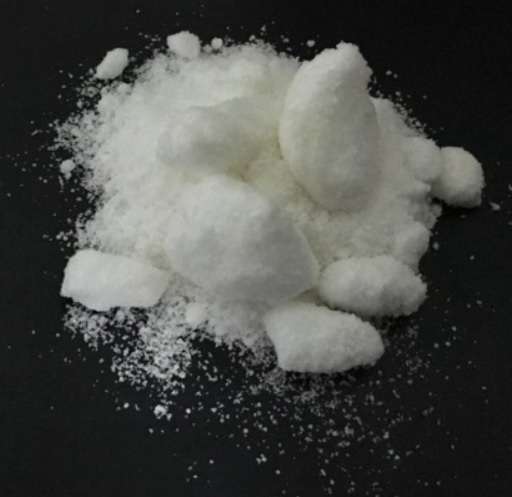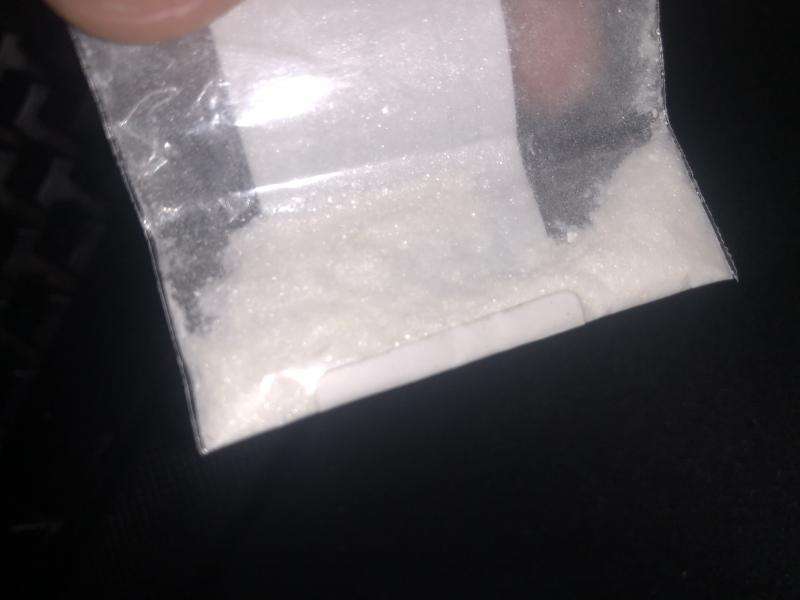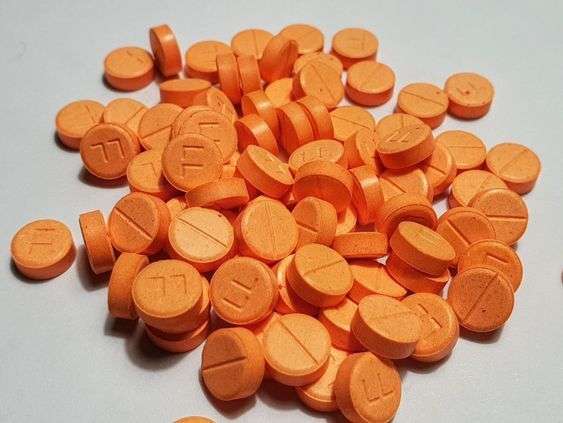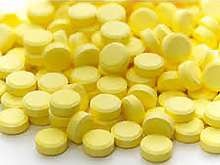
3-FPM (also known as 3-Fluorophenmetrazine, 3F-Phenmetrazine, and PAL-593M) is a new phenylmorpholine stimulant. 3-FPM is an analogue of Phenmetrazine, a popular stimulant drug in study in the 1960s. 3-FPM has classic stimulant effects similar to amphetamine. Stimulation, increased focus and motivation, thinking acceleration, and euphoria are all common side effects.
Cas No: 1350768-28-3
Formula: C11H14FNO
IUPAC: Name: 2-(3-Fluorophenyl)-3-methylmorpholine
This dose information has been compiled from users and resources solely for educational purposes. It is not a suggestion and should be checked for accuracy with other sources.
Effects
increased energy / alertness
Decreased need for sleep
Increased sociability
mood lift
increased sexuality
Excessive talking
Decreased appetite
Weight loss
Sweating
Disturbed sleep patterns
bruxism
Visual and audiotory hallucinations
agressiveness
moodiness.

3-Fluorophenmetrazine (3-FPM) is a substituted amphetamine that is comparable to phenmetrazine, a stimulant that was once used to help people lose weight. Since 2014, 3-FPM has been in use.
It has relatively mild effects and is more of a productive stimulant than a recreational stimulant. Because its good benefits have a limit, the medicine normally does not deliver noticeably greater effects at high+ doses.
It’s difficult to say how safe the chemical is due to a lack of information regarding it, especially with long-term use. Common doses do not appear to be very hazardous to healthy persons. There have been no reported deaths.
The decedent’s peripheral (femoral) and central (aortic) blood 3-FPM levels were 2.4 and 2.6 mg/L, respectively. These concentrations are comparable to those found in non-fatal intoxications.
Multiple drug poisoning (3-FPM, U-47700, amitriptyline, methamphetamine, diazepam, temazepam, flubromazolam, and delorazepam) was determined as the cause of death, and the manner of death was deemed an accident. This case shows the hazards of polysubstance usage and explores the probable overlap between recreational and deadly NPS concentrations.


